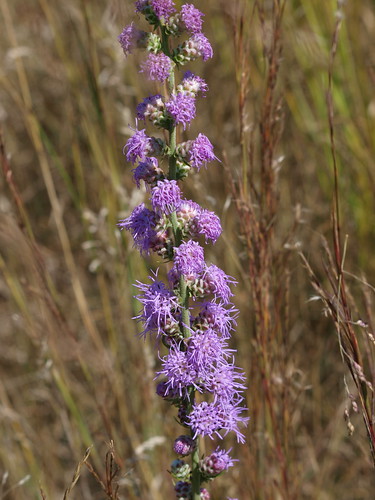
https://www.circologhislandi.net/en/conferenze/Buy Cheap Tramadol Overnight Path through a Tall Grass Prairie © 2008
https://drcarlosarzabe.com/dr-carlos-arzabe/ A path leads through a small segment of a tall grass prairie. Oak savannas are spreading into the prairie in the background. This prairie will have a prescribed burn next year.
Fire plays an important role in managing prairies, just as it has been a natural and frequent occurrence on the grasslands for thousands of years. The prairie flowers, grasses and animals all rely on the burning, which prevents invasion by larger shrubs and trees, and removes most of the accumulation of mulch that typically smothers the growth of the small prairie plants, some nearly microbial in size.
This late season prairie wildflower, Liatris spicata, blooms from the top down, instead of the more common bottom to top growing pattern. It is a favorite of many species of butterflies. It is a rather spectacular plant, ranging in height from 2 to 4 feet tall. In fall, the deep brown seed head attracts dozens of yellow finches for a dramatic show. It is more common the further east you travel, though it was once abundant in southern Wisconsin.
Native Americans and early settlers considered the plant an important commodity due to its medicinal properties as well as its nutritional use. The Lakotas ground its roots to make an appetite stimulant, and also ate the entire plant to treat heart ailments. it was said to strengthen the “bound muscle with poor rhythm.” The plants’ corms were also used the Lakotas, as well as by other tribes and early settlers, as winter food.
The big bluestem is the tallest of the grasses, waving upwards of 8 to 10 feet tall. It is also referred to as turkey-foot grass, as the grass often splits into threes near its top.
There are five very well adapted perennial grasses which predominate the tall grass prairie or grassland biome: big bluestem, little bluestem, Indian grass, switch grass, and prairie dropseed. This woven masterpiece of fibers, which thread themselves together in a protective matting, allows the prairie and its smaller plants and animals to survive threatening winds, fires, drought, and prolonged, harsh winters.
I think there is nothing lovelier than walking through a tall grass prairie at this time of year, the winds gently pushing the tall stems above my head, and searching in the yellow-brown for purple asters, sunflowers and other late wildflowers – the harbingers of autumn.
This is a close cousin of the black-eyed Susan, the foliage is firmer and the plant tends to grow taller, up to 4 1/2 feet in height. The name comes from the plant’s perfumery – rather a sweet anise- or vanilla-scent lingers when the leaves are crushed.










Les chemins de campagne, les fleurs, les feuilles, quelle belle promenade !
I know the gayfeather as ‘liatris’ in the UK it’s grown as a garden plant, but more commonly for use in the flower industry
It’s always great to see pictures of the tallgrass prairie. Thanks for sharing. And plus, I come here et j’ai l’occasion de lire la belle langue française, deux de mes choses preferées!
I think the big bluestem grass picture is my favorite, but the sunny flower on the bottom looks like it will walk right off the page.
Lovely tribute to ‘end of summer’. Very nice!
The yellow prairie flower is so simple and so beautiful at the same time!
There is magic to be found everywhere..if only we look, and you always remind us of that!
All of these were lovely, and I felt right there with you.. walking in your prairie grass.
Thanks for sharing!
How neat to walk where the grass is taller than you are.
very nice sequence.
Your first shot of the path through the prairie shows heavy vegetation. Is this natural or have fertilizers been applied in the past? Good shot anyway.
My College bio Class just recently went on a trip to nash prairie in south west texas it is i believe the largest and best preserved example of tall grass prairie in texas. The blazing star is truly a beautiful flower in real life and wile the shot is very good it does not quite do the flower justice. The tall grass prairie is one of the most beautiful sights i have seen i cannot imagine how it would have been to see it back 200 years ago
No photo truly does a flower justice, Austin. But I like to share the photos because there are many people out there that never get the opportunity to be near the real thing. Glad you are taking the opportunity to experience a habitat that isn’t very well known.